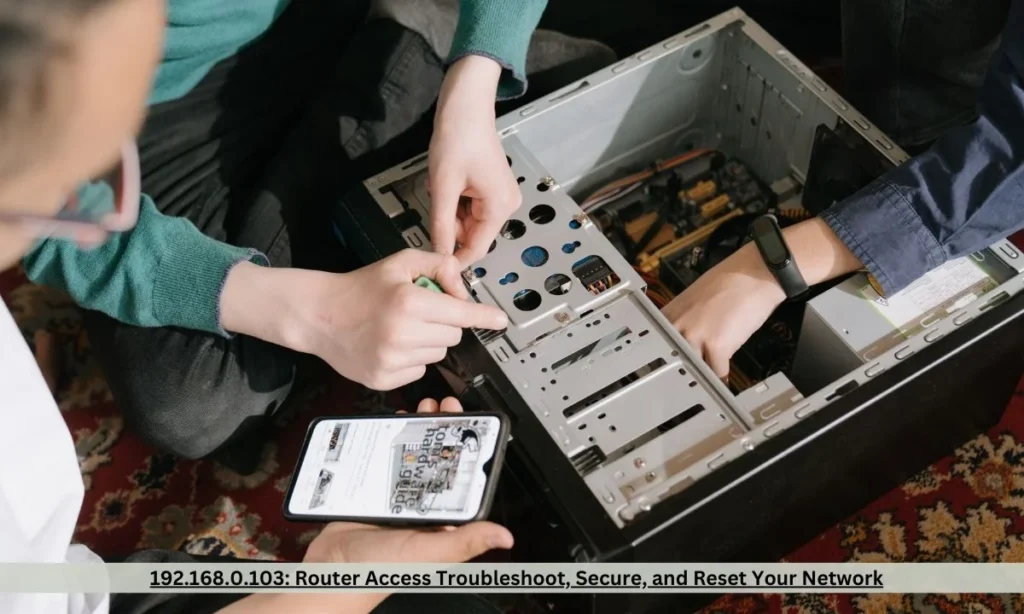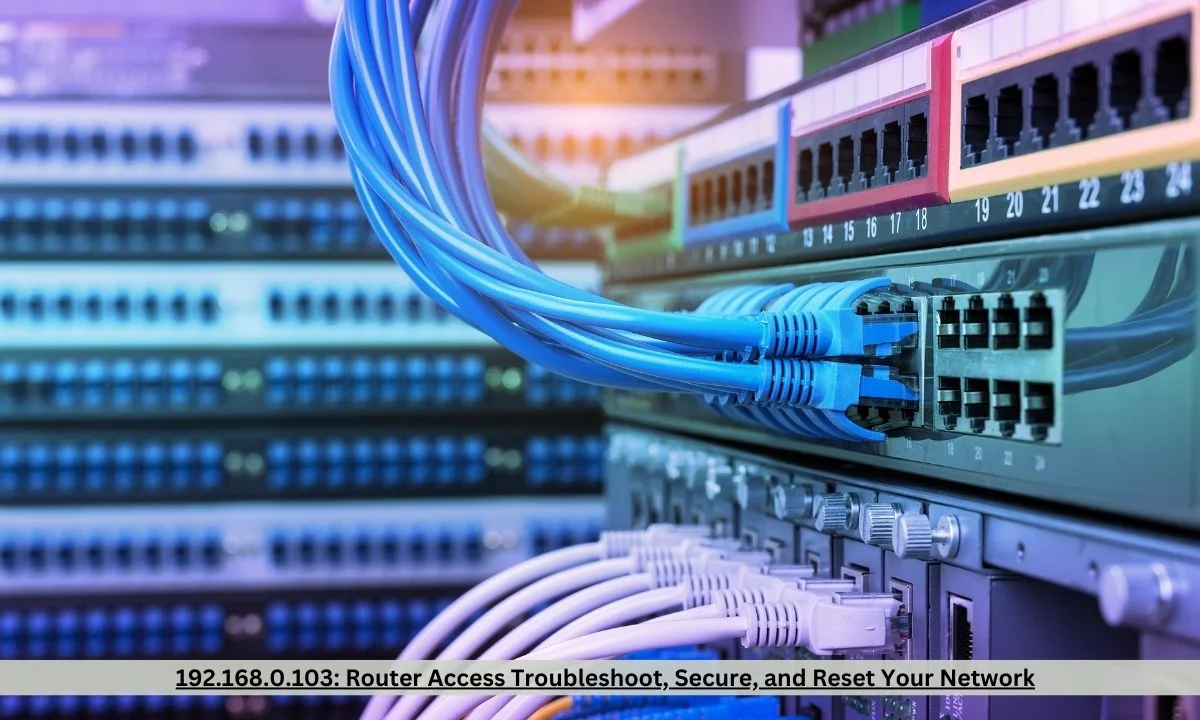192.168.0.103, Accessing a router’s administration page allows you to configure network settings, manage connected devices, and ensure security. The IP address 192.168.0.103 is a private address commonly used within home networks. Here’s a detailed guide on how to use this IP address to log in to your router’s administration page, troubleshoot common issues, and manage settings.
How to Use 192.168.0.103 to Log in to the Router’s Administration Page
- Connect to the Network: Ensure your device is connected to the router via Wi-Fi or Ethernet cable.
- Open a Browser: Open your preferred web browser (e.g., Chrome, Firefox, or Edge).
- Enter the IP Address: Type
http://192.168.0.103into the browser’s address bar and press Enter. - Login Screen: You should see the router’s login page where you will be prompted to enter your username and password.
- Enter Credentials: Use the default credentials (if you haven’t changed them) or the custom credentials you set. Common defaults are usually printed on the router’s label.
Reasons and Solutions for 192.168.0.103 Unable to Access the Router’s Administration Page
- Wrong IP Address: The router might use a different IP address. Check your device’s network settings to confirm the correct IP or consult the router’s manual.Solution: Use the correct IP address found in your network settings.
- Connection Issues: Ensure your device is properly connected to the network. Weak or disrupted connections can prevent access.Solution: Reconnect your device, reset the router, or try a wired connection if possible.
- Firewall or Security Settings: Firewalls or security software on your device might block access to the router.Solution: Temporarily disable firewalls or security software and try accessing the page again.
- Browser Cache Issues: Cached data can sometimes cause access problems.Solution: Clear your browser’s cache and try again or use a different browser.
- Router Malfunctions: The router could be unresponsive due to firmware issues or internal errors.Solution: Restart the router or perform a factory reset as a last resort.
What if I Use 192.168.0.103 to Log in to the Router and End Up on the Internet Service Provider’s Login Page?
This usually happens if the ISP uses the same IP range and redirects traffic for their own management purposes.
Solution:
- Contact your ISP for guidance, or try accessing the router’s settings with a different IP address specific to your router, such as
192.168.1.1or192.168.0.1. - Ensure you are not logged into the ISP’s management network but rather your local router.
Read Also: 10.10.10.1: How to Use for Ultimate Network Control and Security

What is the Username and Password of Routers Using 192.168.0.103 as the Login Address?
Default login credentials vary depending on the manufacturer:
- Common Default Usernames:
admin,user, or left blank. - Common Default Passwords:
admin,password, or left blank.
Always refer to your router’s manual, or check the label on your router for default credentials. If the credentials were changed and you cannot remember them, a factory reset may be necessary.
How to Change the Password of Routers Using 192.168.0.103 as the Login Address?
- Log in to the Router: Access the router’s admin page using
192.168.0.103. - Navigate to the Admin Settings: Find the settings section, often labeled as “Administration,” “System,” or “Password.”
- Change Password: Enter the new desired password, confirm it, and save the settings. Be sure to note down the new password.
- Re-login: You may need to log in again using the new credentials.
How to Restore the Factory Settings of Routers Using 192.168.0.103 as the Login Address?
- Locate the Reset Button: Most routers have a small, recessed reset button.
- Press and Hold: Use a pin or paperclip to press and hold the reset button for about 10-15 seconds.
- Wait for Reboot: The router will reboot and reset to its default factory settings, including login credentials and network configurations.
Read Also: MyFlixer: Unlock Unlimited Entertainment

Conclusion
Accessing your router’s settings through 192.168.0.103 enables you to manage your network effectively. Understanding how to troubleshoot access issues, change passwords, and restore factory settings ensures that you maintain control and security over your network.
